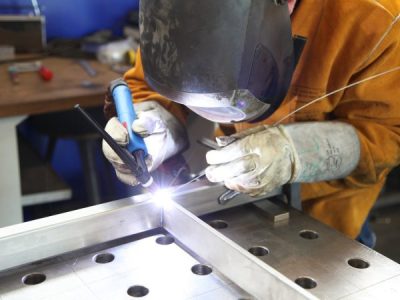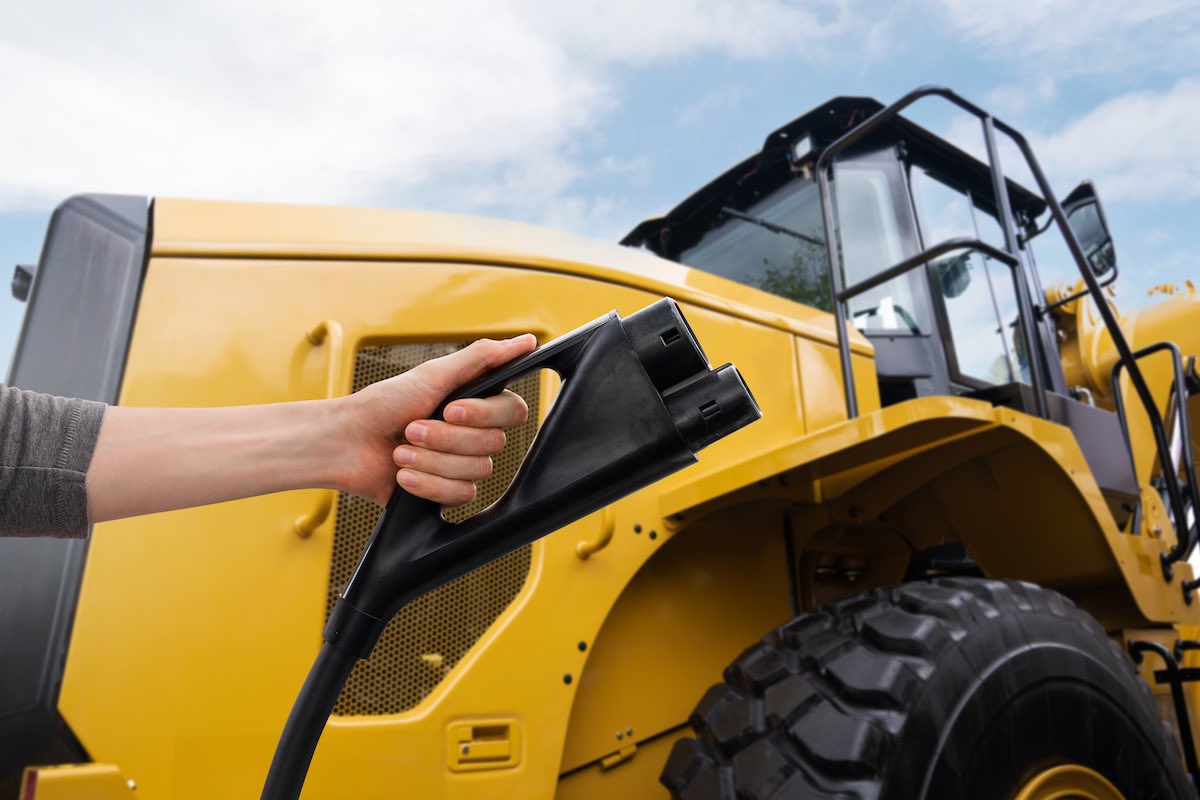
The sound of electric-powered, heavy machinery may sound ludicrous to anyone who has witnessed the sheer size of these mighty machines. When the average earthmoving machine weighs between 907-3,629 kg, you may think the explosive power of gasoline is needed to get them going. However, as industries embrace greener practices, even the heavy machinery and earth-moving sectors are shifting gears. Though electric-powered excavators and loaders might sound futuristic, they’re becoming increasingly viable for reducing emissions, cutting noise pollution, and lowering operational costs.
With rising environmental regulations, the demand for sustainable practices, advancing technology, and electric-powered machinery is now a practical alternative to traditional diesel. Leading manufacturers like XCMG, Hitachi, and LiuGong are investing heavily in electric solutions, pioneering technologies that keep productivity high while lowering carbon footprints (Australian Mining, 2024; Jones, 2024; Patrick, 2023).
Sceptics might still question the strength and reliability of electric machinery, but as we’ll explore, this new era of innovations shows just how powerful—and practical—electric heavy machinery has become.
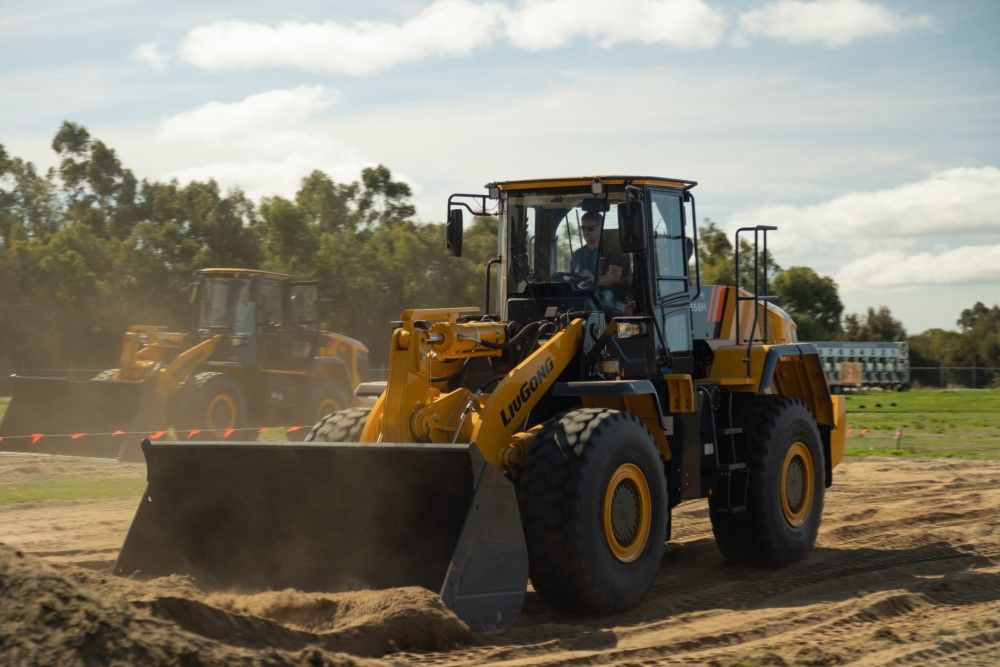
Photo Credit: www.onlyearthmoving.com.au
Why Electric Heavy Machinery?
Heavy machinery is coming under scrutiny as the world adopts greener practices. Electric alternatives provide an effective solution, driven by environmental, economic, and regulatory factors that make them more appealing than ever.
Environmental Benefits: Diesel-powered heavy machinery contributes significantly to greenhouse gas emissions and noise pollution, especially on urban and regulated sites. Electric machinery, by contrast, offers zero tailpipe emissions and reduces noise, making it ideal for projects near residential or protected areas. LiuGong’s 856H-E Max wheel loader, for instance, operates quietly and emission-free, helping meet stringent environmental standards (Patrick, 2023).
Cost Efficiency: Though electric machinery generally has a higher purchase price, the long-term savings are substantial. By eliminating fuel costs, reducing the need for complex diesel engine maintenance, and extending lifespan, electric machinery offers a cost-effective solution over time. The total cost of ownership is becoming a significant factor for companies wanting to save money without sacrificing power and performance.
Regulatory Pressures: Governments worldwide are imposing stricter emissions regulations, especially in high-carbon industries. In response, construction and mining companies are exploring electric options to meet these requirements. By investing in electric and hybrid machinery, manufacturers like XCMG are not only complying with current regulations but also preparing for even stricter future standards (Australian Mining, 2024).
The shift to electric heavy machinery presents challenges, but the benefits are clear, pushing the industry toward a greener, quieter, and more cost-effective future. With demand for low-emission equipment set to grow, an electric machinery revolution is on the horizon.
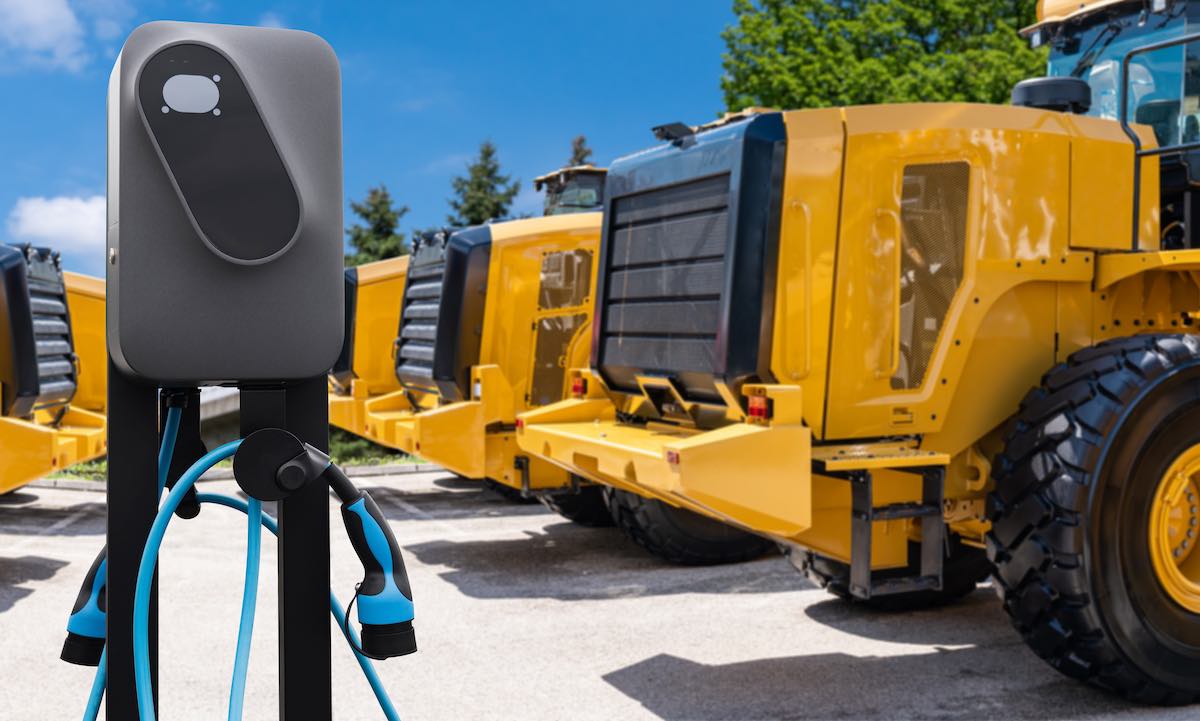
Leading Innovations in Electric Heavy Machinery
The rise of electric heavy machinery reflects groundbreaking innovations in battery technology, hybrid systems, and hydrogen fuel cells. Industry players like LiuGong, XCMG, and Hitachi are advancing these technologies, creating machinery that balances sustainability with power and precision.
Battery-Electric Technologies:
Significant strides in battery technology have enabled electric machinery to operate for longer periods without compromising performance. LiuGong’s 856H-E Max Wheel Loader features a 432kWh lithium-ion phosphate battery from CATL, running up to 10 hours on light applications or 8 on heavy tasks, with a 90-minute fast charge (Patrick, 2023). This loader is practical for fixed-site operations, offering zero emissions and reduced noise.
Hybrid Solutions:
For jobs requiring both flexibility and lower emissions, hybrid machinery provides a balanced solution. XCMG’s Hybrid Excavators and Loaders combine internal combustion engines with electric powertrains, allowing operators to switch between power sources depending on the task. These machines optimise fuel efficiency and reduce greenhouse gas emissions, making hybrid equipment a versatile option where full electrification isn’t yet feasible (Australian Mining, 2024).
Hydrogen Fuel Cell Technology:
Hydrogen fuel cells offer exciting potential for large-scale applications. XCMG’s Hydrogen-Powered Prototypes aim for zero-emission machinery with the range and quick refuelling capabilities of diesel (Australian Mining, 2024). Unlike battery-electric machines, hydrogen fuel cells support heavier, high-output tasks over longer periods without lengthy charging downtime, which is particularly valuable in mining and large-scale construction.
These innovations show the industry’s commitment to machinery that meets modern environmental goals without sacrificing performance. As battery, hybrid, and hydrogen technologies evolve, electric heavy machinery is set to become the choice for forward-thinking companies.
Collaboration and Partnerships Fuelling Electric Advancements
Electric heavy machinery’s progress relies on strategic partnerships across industries. Collaborations with technology leaders, battery manufacturers, and research institutions are accelerating advancements and bringing cutting-edge equipment to market.
Cross-Industry Partnerships:
Manufacturers are teaming up with electric technology specialists to create high-performing, sustainable machinery. Hitachi’s partnership with Dimaag-AI Inc., for example, is creating an electrified compact hydraulic excavator using Dimaag’s ENCORE technology with swappable battery modules and EV motors (Jones, 2024). This collaboration adds advanced electric capabilities to Hitachi’s machinery, pushing the industry forward with compact, high-performance options.
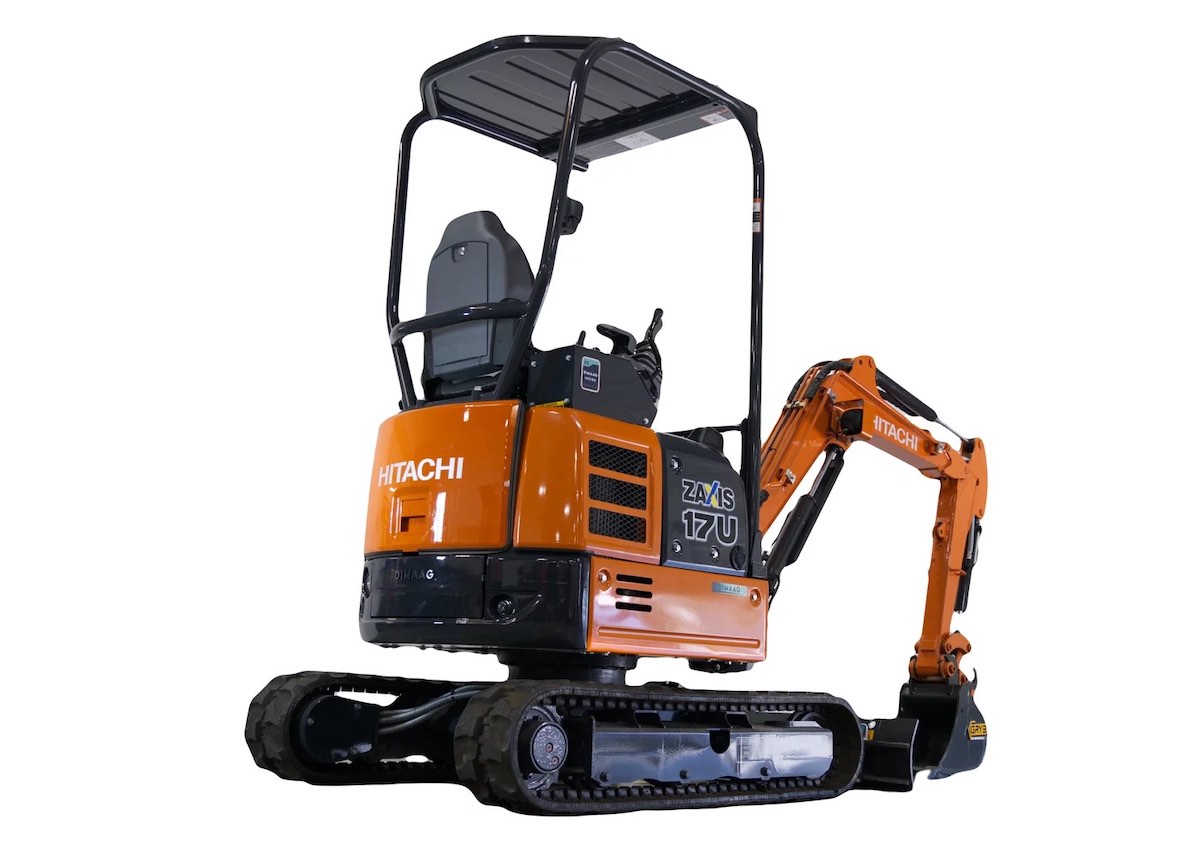
1.7-ton class electric excavator exhibited by Dimaag at CES2024. Photo Credit: www.hitachicm.com
Academic and Industry Support:
Collaborations with research institutions are helping companies like XCMG stay at the forefront of sustainable heavy machinery. XCMG gains access to innovative battery materials, advanced manufacturing, and the latest green technology research. Partnering with global leaders in battery technology enables XCMG to produce efficient, safe, high-capacity systems. These collaborations speed up new feature development that would be hard to achieve in isolation (Australian Mining, 2024).
Driving Green Standards:
Beyond product development, companies like XCMG are helping to set industry standards. XCMG collaborates with regulatory bodies, promoting sustainable practices and influencing green standards for heavy machinery. Their partnerships with leading battery manufacturers, for example, focus on high-density batteries that charge faster and last longer, setting benchmarks for the industry (Australian Mining, 2024).
These collaborations fuel the electric heavy machinery revolution. By leveraging partners’ technology and expertise, manufacturers can focus on designing machinery for modern projects. As more companies collaborate on sustainable solutions, the industry edges closer to a future where innovation thrives without sacrificing environmental responsibility.
Challenges in Electrifying Heavy Machinery
Despite promising advancements, transitioning to electric heavy machinery presents challenges. Battery capacity, infrastructure, and cost create obstacles that manufacturers and operators must overcome to make electric machinery practical.
Battery Life and Charging Infrastructure:
Ensuring adequate battery life for demanding applications remains challenging. LiuGong’s 856H-E Max loader has a 90-minute fast charge, but some sites lack the necessary infrastructure for rapid recharging. In remote locations, setting up charging stations or providing consistent power is often impractical, which is why hybrid and hydrogen-powered machines are also being developed for extended runtime (Patrick, 2023).
Initial Investment Costs:
Electric machinery’s upfront cost is generally higher than that of diesel equipment. The technology behind electric motors, high-capacity batteries, and specialised systems is still relatively new, leading to higher manufacturing and purchase costs. While early adopters may see the value, cost can deter smaller companies. However, as the technology matures, production scales and costs are expected to decrease, making electric machinery more accessible.
Heavy-Duty Power Demands:
Some tasks require continuous high power output, which can strain even the best batteries. Heavy-duty machinery in mining or large construction often needs to operate non-stop. Companies like XCMG are exploring hydrogen fuel cells, which offer diesel-like durability and refuelling speed without emissions. Although promising, this technology needs further development and infrastructure for widespread use (Australian Mining, 2024).
While these challenges are significant, they’re not insurmountable. As electric technology advances and infrastructure adapts, electric heavy machinery is becoming more viable. By addressing these challenges head-on, manufacturers are positioning electric equipment as a practical option for sustainable, large-scale projects.
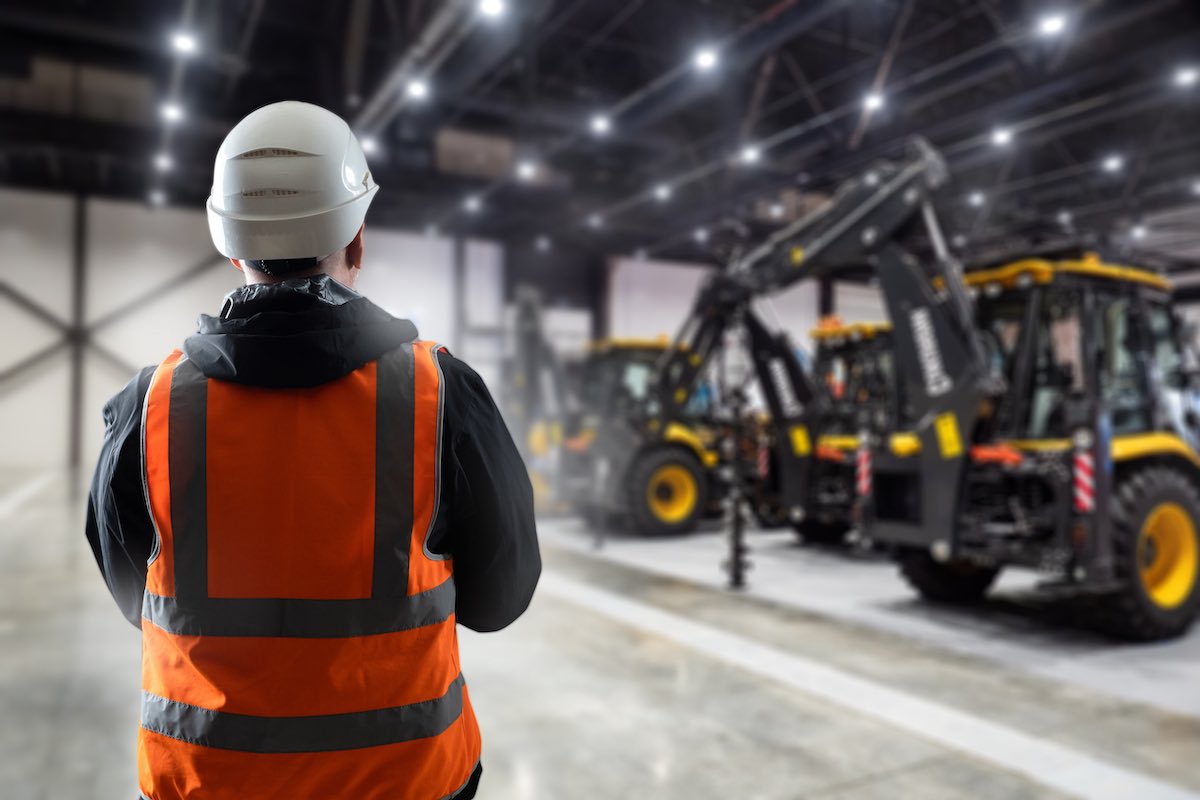
The Future Outlook for Electric Heavy Machinery
As technology advances, the potential of electric heavy machinery expands, making it feasible across industries. With continued investment in R&D and infrastructure, electric machinery is set to play a crucial role in sustainable construction, mining, and earth-moving sectors.
A Move Toward Carbon Neutrality:
Carbon-neutral machinery is part of a broader industry shift. Companies like XCMG are setting ambitious emissions targets, both with their electric machinery and sustainable manufacturing practices. Solar-powered production facilities, energy-efficient systems, and smart manufacturing reduce their environmental impact, positioning them as leaders in green manufacturing (Australian Mining, 2024).
Wider Industry Adoption:
Electric machinery’s benefits are reaching industries beyond construction and mining. Agricultural, logistics, and waste management sectors are beginning to adopt it to reduce operational costs and environmental impact. LiuGong is expanding its electric lineup to adapt to diverse industry needs, ensuring heavy machinery meets demands without sacrificing efficiency (Patrick, 2023).
Electric heavy machinery isn’t a fleeting trend; it’s the future. As companies continue to innovate, collaborate, and prioritise sustainability, electric machinery is becoming a staple on job sites worldwide. Electric power is no longer an experiment; it’s a sustainable solution for meeting the demands of modern, environmentally conscious projects.

Wrapping Up
Electric heavy machinery might once have seemed radical, but today, it’s leading a sustainable revolution. With advancements in battery technology, innovative hybrid and hydrogen fuel options, and strategic partnerships, electric-powered machinery is transforming from niche to mainstream.
Companies like XCMG, Hitachi, and LiuGong are setting new benchmarks for efficiency, cost savings, and versatility. While challenges like battery life, infrastructure, and high costs remain, manufacturers are addressing them head-on, making electric heavy machinery a viable option across industries.
As the world moves toward carbon neutrality, electric heavy machinery will help companies meet regulatory demands and environmental goals without sacrificing productivity. The future of heavy machinery isn’t just electric; it’s reliable, sustainable, and ready to power the next generation of projects. Embracing electric options may still feel like a leap, but as technology continues to evolve, it’s clear that the industry’s future lies in this essential transformation.
References
Australian Mining. (2024, October 17). Ushering in a new era. Retrieved from https://www.australianmining.com.au/ushering-in-a-new-era/
Jones, C. (2024, October 21). Hitachi Construction Machinery and Dimaag collaborate on electric machine. International Rental News. Retrieved from https://www.internationalrentalnews.com/news/hitachi-construction-machinery-and-dimaag-collaborate-on-electric-machine/8039761.article
Patrick. (2023, November 2). Wheel Loaders Plug into Electric Demand. Retrieved from https://www.onlyearthmoving.com.au/news/Only-Earthmoving-liugong-electric-loaders


